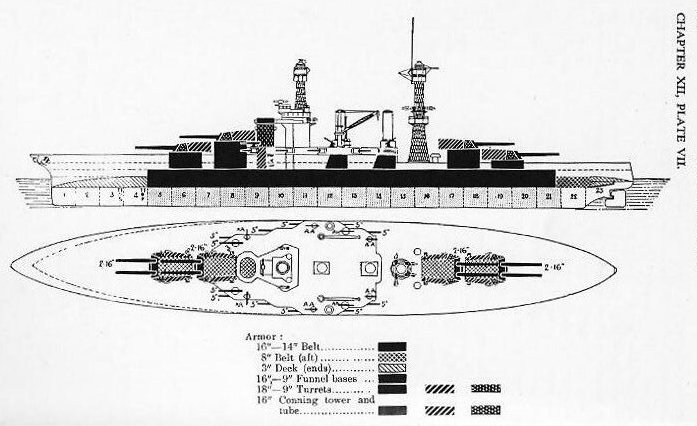Light Armor
1220. During the World War, insistent demand resulted in the development of a third type of armor, generally called light armor. On armored ships light armor is used to protect personnel and instruments against machine-gun fire from aircraft. Against machine-gun and small-arms fire, light armor is also used to afford protection to, for instance, machine guns, light artillery, boats, vital parts of the body, and its use may be extended to the protection of personnel and vital parts of aircraft.
In some of these uses, as for instance body armor and aircraft armor, the greatest possible protection must be secured with the least weight, a condition imposed on all armor, in fact, but most accentuated in these uses. In this type of armor the metallurgist can use his utmost skill, for the mass is small. One might almost say that laboratory methods may be followed. This branch of the art is too young to permit of classification. So far no attempt has been made to face harden, for the thickness varies between 1/16 of an inch for body armor up to about an inch.
Generally speaking, this armor resembles Class B armor, although many special and expensive alloy steels are being tried. We find the so-called, high-silicon, high-manganese, vanadium, zirconium, cobalt, chrome, and nickel alloys in various proportions and combinations, and plates have been tested giving, with fair ductility, ultimate strengths per square inch as high as 250,000 pounds. One fact seems to stand out-as desirable as is strength-good ductility is a necessity.
ARRANGEMENT AND DISTRIBUTION OF ARMOR.
1221. Armor serves two purposes: (1) protection for the water-tight integrity and interior mechanism of the vessel, and (2) protection of the personnel.
This protection is afforded to as great an extent as possible by the armor belt, extending the length of the vital parts of the ship, the casemate armor, the protective deck, turrets, barbettes, gun shields, and conning tower.
The arrangement and distribution of armor on ships of various classes is described in works on naval construction, to which the reader is referred for details. Plate VII illustrates the distribution of armor on the West Virginia class of battleships.


